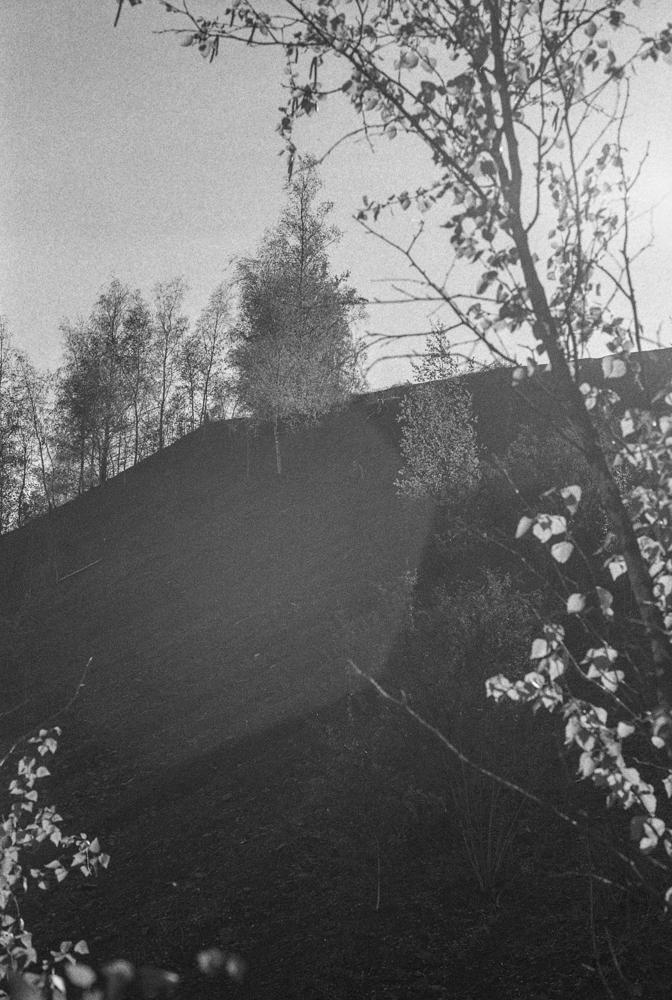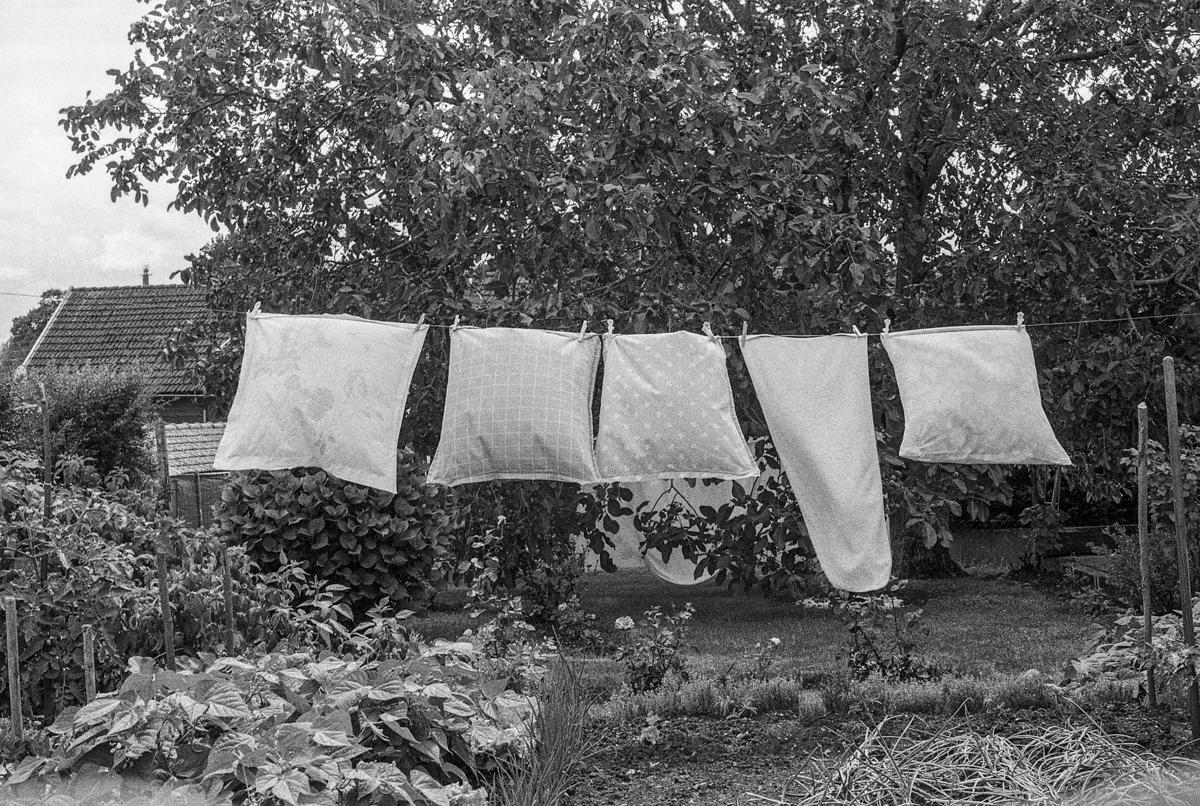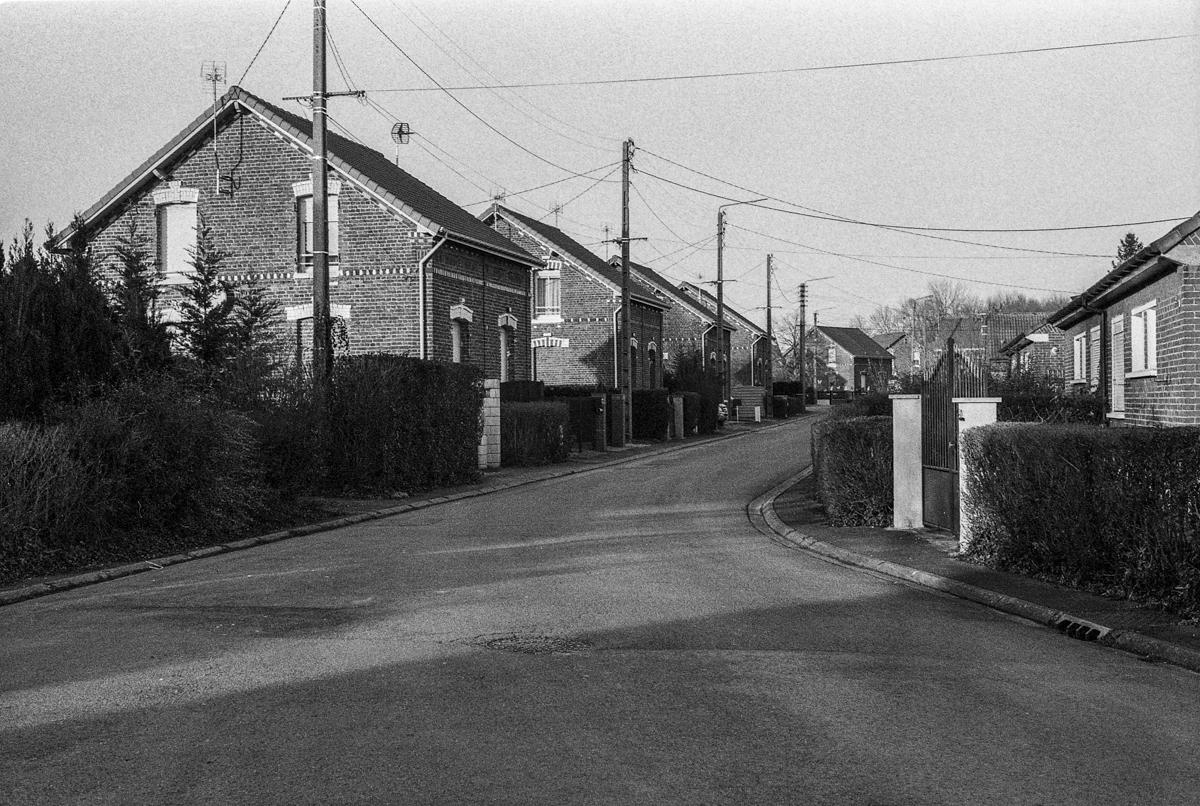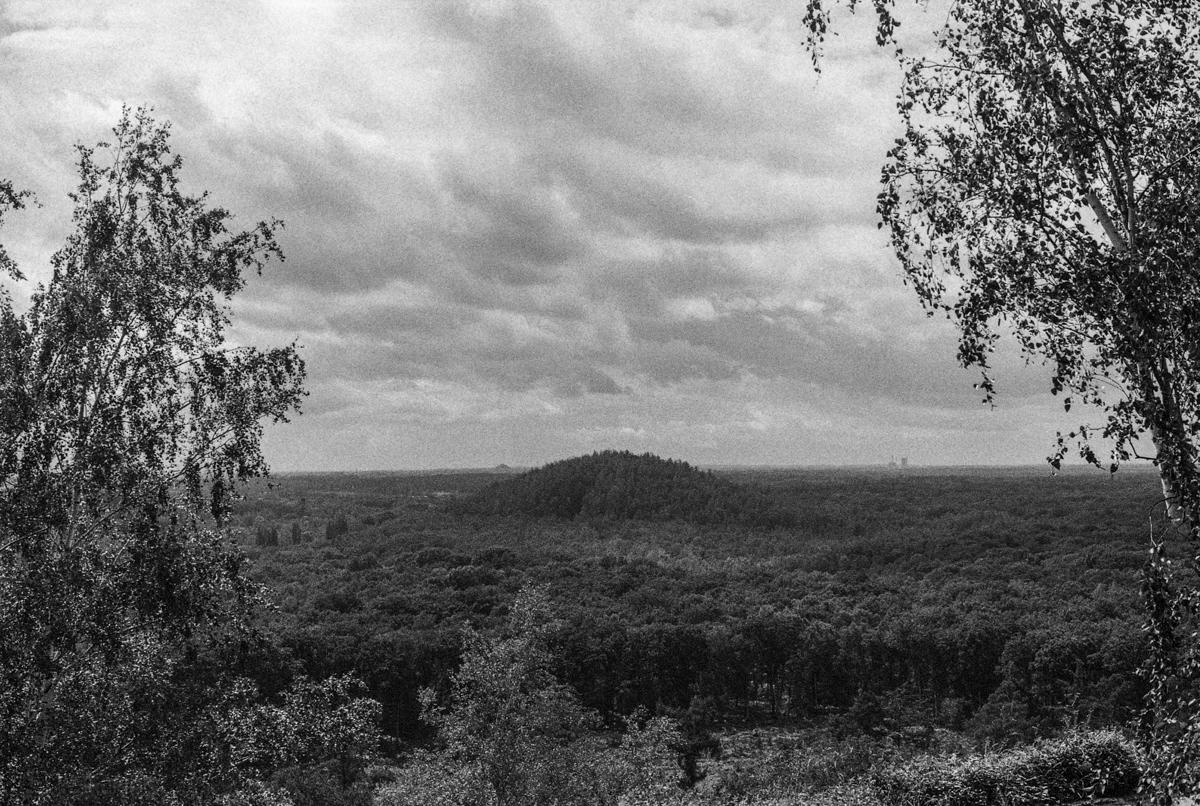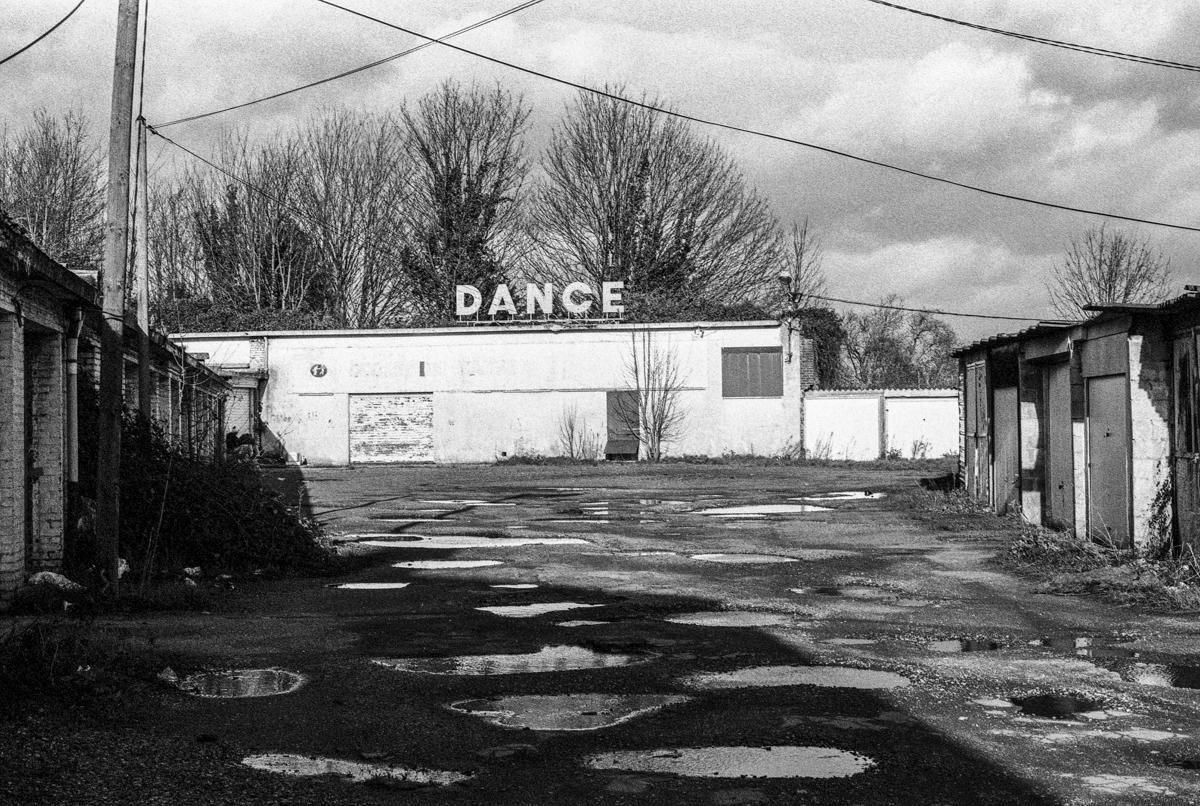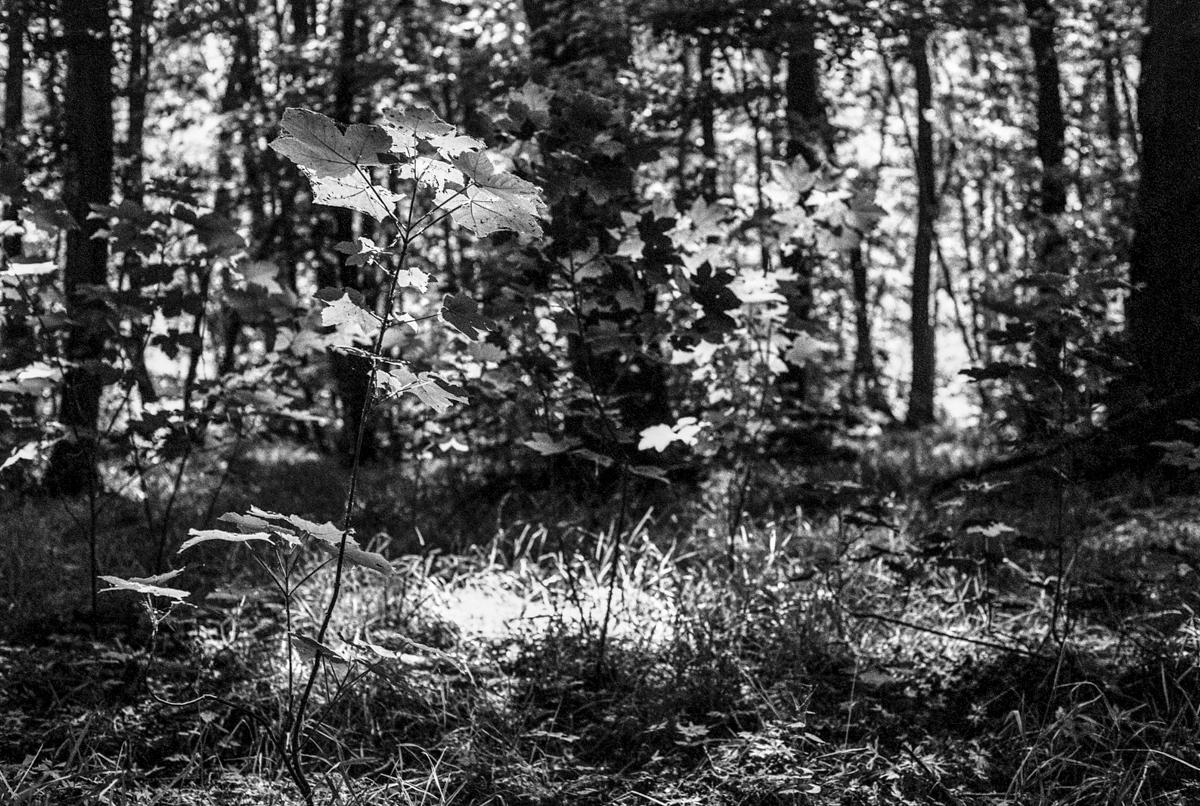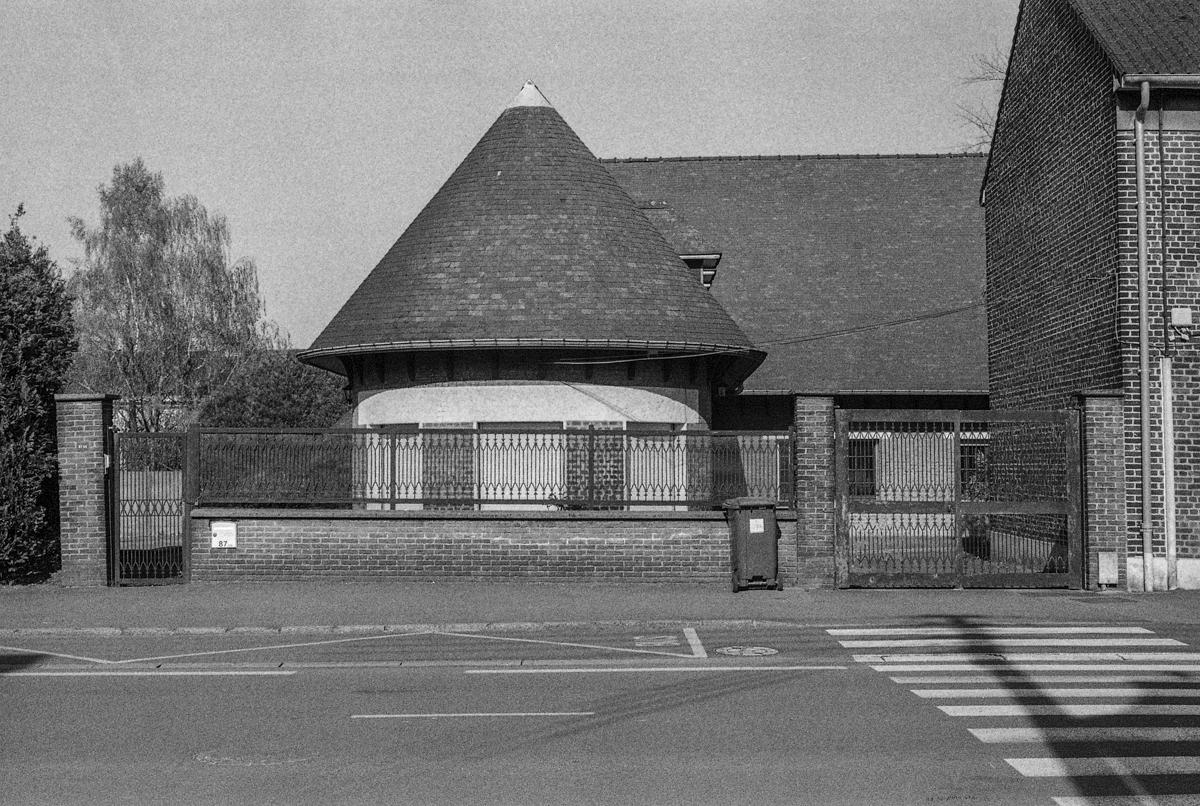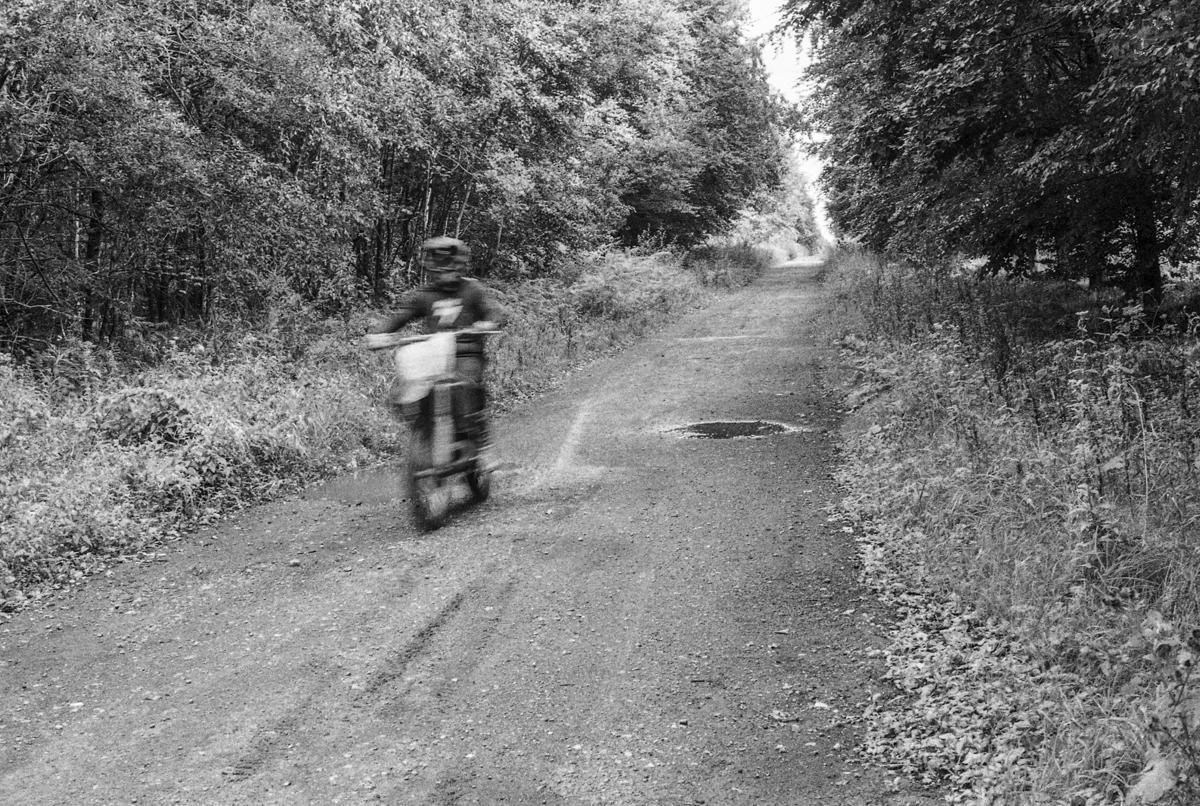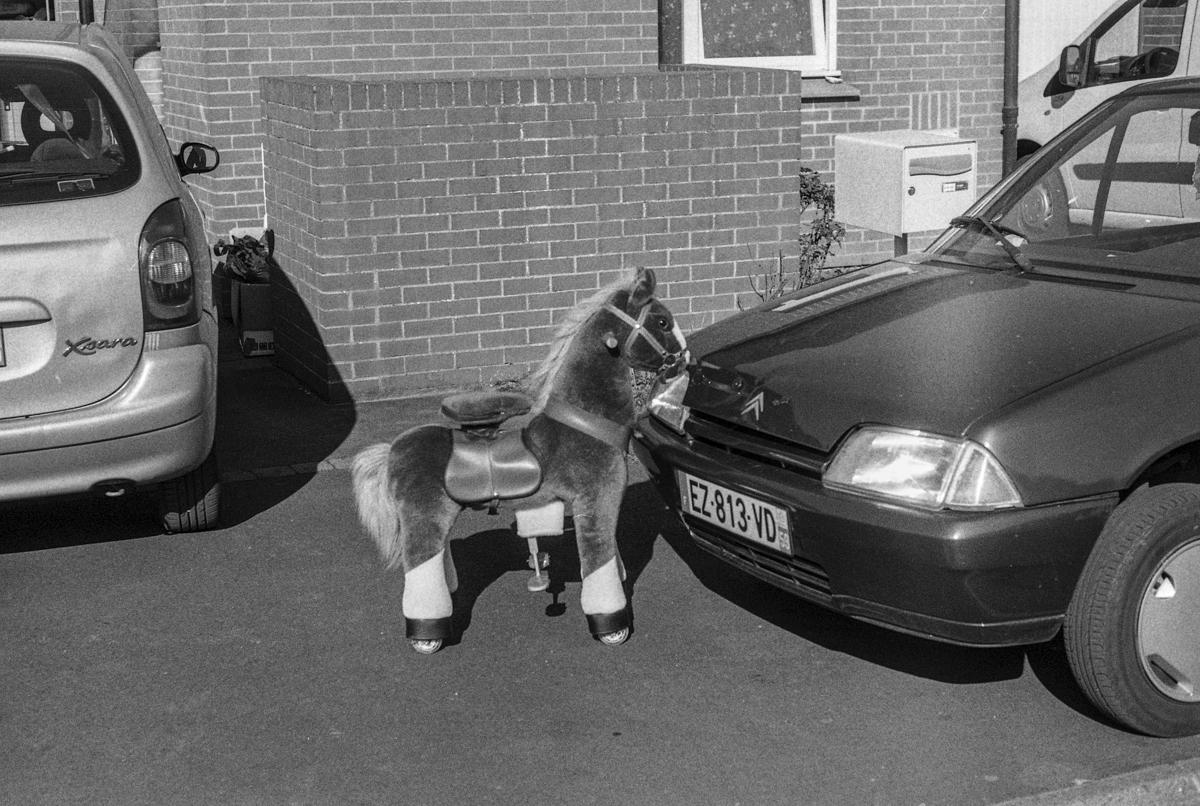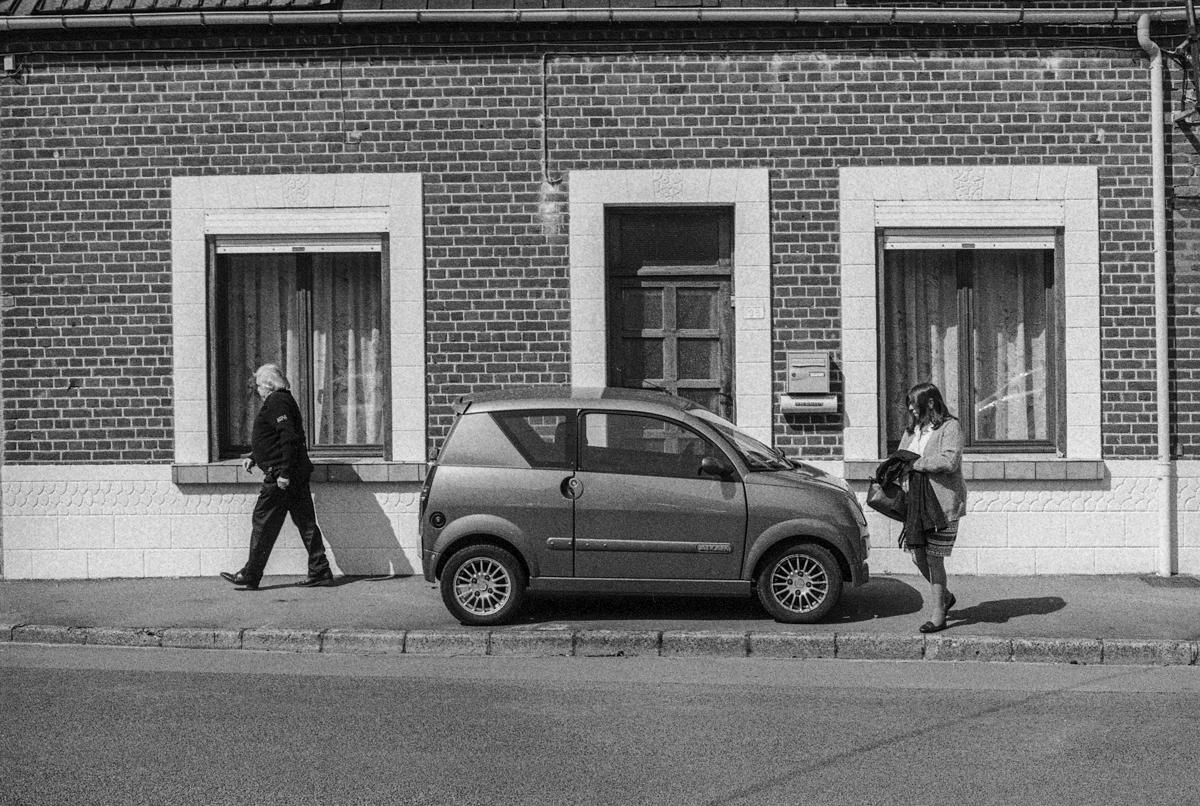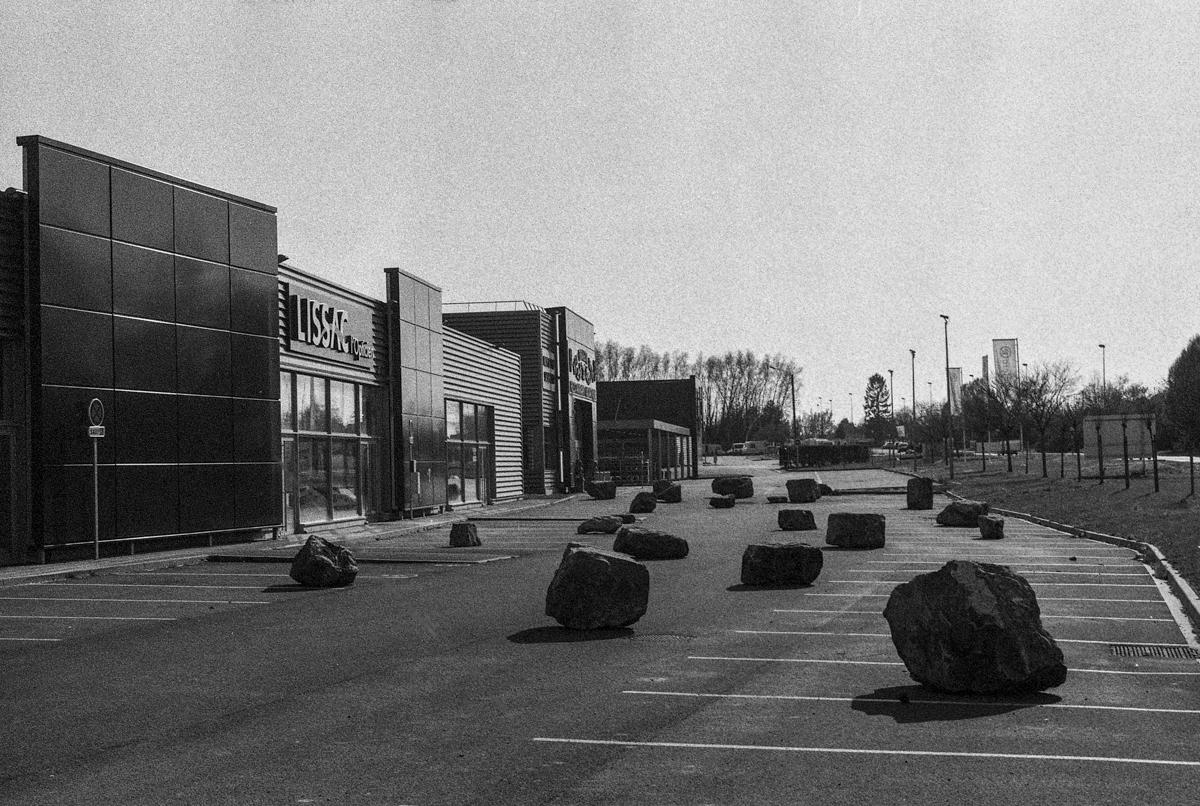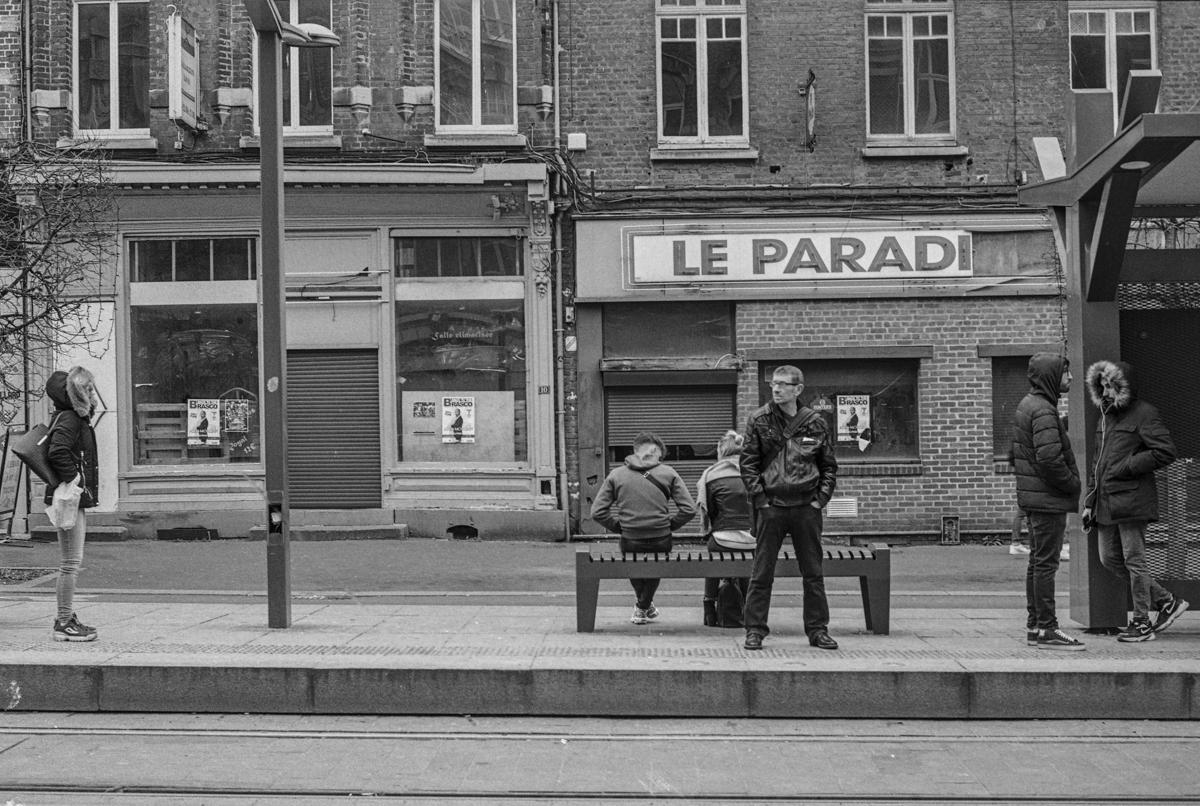Public Story
Remember when...
300 years ago, the first piece of coal was found in the town of Valenciennes, northern France. Although the production of this black gold ended in 1990, its territory is still marked by the mining heritage.
Here and there, you see some slag heaps scattering around in the area so called ‘flat country’ and on these manmade hills made up of residues from the mines, nature quietly started to take over. On Sundays, the area turns into a playground where young people spend time racing around on their quad bikes or motorcycles. Many tunnels that were built during the production have caused subsidence, which subsequently created reservoirs where now people go fishing and enjoy other recreational activities.
The houses where miners were accommodated by mining compagnies are now managed by social landlords that sometimes leave these habitats abandoned, although they are classified as Unesco World Heritage since June 2012. In winter, only the lines of clothes hunging in the gardens remind you of the human presence. But the memory of the mine has never gone away and in front of the houses, sometimes you see mini-headframes and other oil lamps.
Back then, mining companies provided jobs and salaries for people in the area but today the unemployment rate keeps growing and small businesses are closing one after the other and in city of Anzin. A tramline following the former railway used to transport coal and workers was inaugurated in 2006 with the aim to promote the mobility of often isolated residents.
In a place where almost everything brings you back to the past, how do young people build a future for themselves?
(FR) -
Il y a 300 ans, l'on découvrait pour la première fois près de Valenciennes (France) un morceau de charbon. Alors que l'exploitation de cet or noir régional s'est arrêtée en 1990, le territoire reste marqué par ce passé minier.
Ça et là, on aperçoit des terrils qui viennent cabosser le plat pays. Sur ces collines artificielles construites par l’accumulation de résidus miniers, la nature reprend tranquillement le dessus. Pour les jeunes du coin, ce sont de véritables terrains de jeux et le dimanche, on vient y tuer l’ennui en quad ou motocross. Les nombreux tunnels creusés pour exploiter les ressources minières ont quant à eux engendré des affaissements, laissant la place à des bassins où l’on vient pêcher et des lacs devenus bases de loisirs. Dans la forêt environnante, on devine l'ancienne voie ferrée où circulaient autrefois les trains chargés de minerai. Promeneurs, cyclistes et autres joggeurs y ont remplacé les gueules noirs.
Les cités minières où étaient hébergés les mineurs sont dorénavant gérées par des bailleurs sociaux qui laissent parfois à l’abandon ces habitats classés au patrimoine mondial de l’Unesco depuis juin 2012. En hiver, seul le linge étendu dans les jardins des corons uniformément alignés rappelle une présence humaine. Le souvenir de la mine quant à lui, n’est jamais très loin et devant les maisons des cités pavillonnaires bien entretenues on aperçoit parfois des chevalements miniatures et autres lampes à huile.
Alors qu’à l’époque, les compagnies minières fournissaient un travail et un salaire à chacun, l’on peine aujourd’hui à trouver un emploi et les petits commerces ferment les uns après les autres. A Anzin, les travaux de construction du tram ont accéléré la tendance, laissant apparaitre le long de la ligne T1 de nombreux panneaux "à vendre". Empruntant l'ancienne voie de chemin de fer qui transportait à l'époque charbon et mineurs, ce tram, inauguré en 2006 a pour objectif de favoriser la mobilité d’habitants souvent isolés.
Dans des lieux où tout ou presque ramène au passé, comment les jeunes se construisent-ils un avenir?

